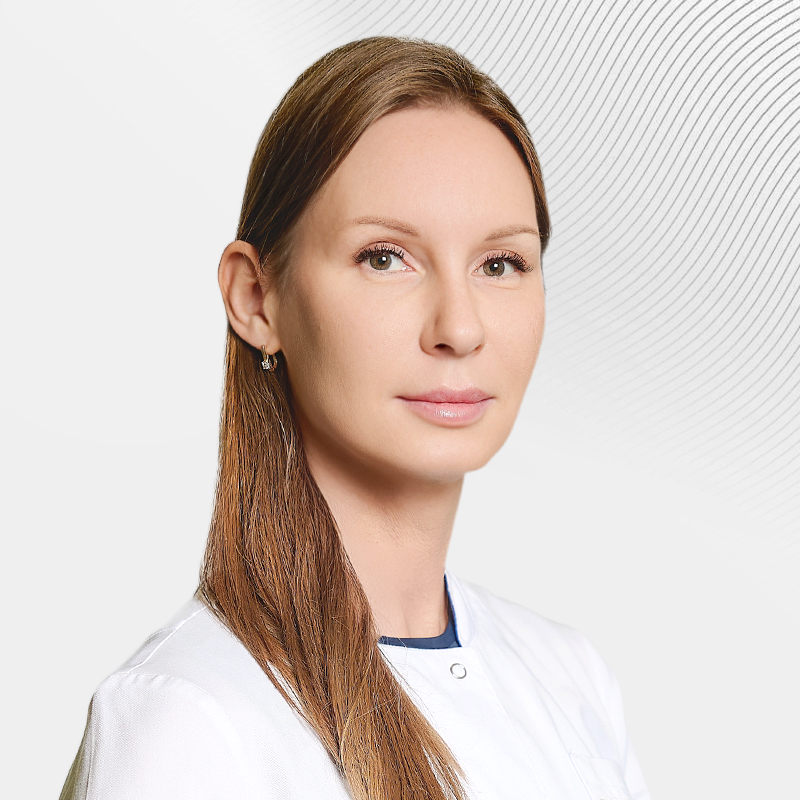Carotid artery stenting
What is carotid artery stenting
Carotid artery stenosis is a common condition that significantly increases health risks in patients of various ages. In the structure of patients with diagnosed ischemic stroke and transient ischemic attack (microstroke), the proportion of people with carotid artery stenosis reaches 18.7%. At the same time, with an increase in the degree of carotid artery stenosis, the risk of stroke increases.
The carotid arteries are paired blood vessels that run from the thoracic aorta to the brain. The carotid arteries have an elastic structure and provide up to 80% of the blood supply to the brain. However, with age, blood flow through the carotid arteries may decrease due to the accumulation of cholesterol deposits in the vessel lumen with further formation of atherosclerotic plaques. Over time, they can calcify. As a result, blood flow in the arteries may decrease. At the same time, the patient may not experience any symptoms for a long time, indicating a narrowing of the artery (asymptomatic stenosis). Symptoms appear only with severe stenosis of the arterial lumen or temporary cessation of blood supply to the brain. However, even minor stenoses can lead to TIA, strokes, dementia, and cognitive impairment.
Effective drug therapy has been developed today, which significantly reduces the risk of complications with timely diagnosis of asymptomatic stenosis. However, if the patient is diagnosed with a significant narrowing of the arterial lumen or a symptomatic course of pathology (stroke, TIA), revascularization has to be resorted to, then there is restoration of the arterial lumen.
The classic method of revascularization is surgical. There is an "open" method of treatment, when a surgeon performs an incision on the anterolateral surface of the neck, blocks blood flow through an artery, dissects a vessel, removes plaque, and then sutures.
Carotid artery stenting is an alternative to open surgery, which also effectively widens the lumen of the affected artery. The procedure is usually performed in conjunction with angioplasty.
The operation is performed under local anesthesia or sedation. The patient is conscious. To control brain functions, the doctor can give the patient simple commands during the procedure. The sequence of steps for angioplasty and stenting:
- The assistant prepares the access point: disinfects a small area of skin above the common femoral artery (in the groin area) and removes hair from it.
- The site is anesthetized, and a thin catheter with an inflating balloon at the end is inserted into the artery.
- Under X-ray control, the catheter moves through the blood vessels to the site of arterial narrowing. There are no unpleasant sensations, as there are no nerve endings on the inner wall of the vessels.
- A special filter is installed behind the narrowing of the artery, which prevents deposits or blood clots from entering the bloodstream. The balloon inflates, compressing the atherosclerotic plaque and dilating the artery.
- To prevent repeated narrowing, a stent is inserted into the target area of the artery using another catheter. The stent is a folded mesh tube that spreads out after installation and supports the vessel walls.
Depending on the complexity, the operation takes less than 1 hour.
Indications for surgery
Carotid artery angioplasty and stenting can be used instead of carotid endarterectomy in the following cases:
-
Asymptomatic carotid artery stenosis with a high degree of narrowing of the lumen (more than 75%).
- The patient had previously suffered a stroke or a transient ischemic attack (in this case, endovascular treatment is recommended already with a narrowing of less than 70%).
In some cases, carotid endarterectomy surgery is more preferable for medical reasons. The final decision in favor of one or another method of treating atherosclerosis is made by the attending physician.
Contraindications
Angioplasty with carotid artery stenting is not performed in cases where there is a high risk of complications of the procedure. These include an unfavorable anatomical structure (for example, pronounced pathological tortuosity of the carotid arteries), which increases the complexity of the procedure and thereby increases the likelihood of complications.
How to prepare for the procedure
Recommendations on preparation for angioplasty procedure with stenting are provided to the patient by the doctor. As a rule, surgery is prescribed based on the results of a number of preliminary examinations, which make it possible to accurately diagnose the condition of the arteries and determine the severity of atherosclerosis.:
-
neurological examination;
-
duplex scanning of arteries and transcranial Dopplerography;
-
cardiac function study: EchoCG and daily blood pressure monitoring;
-
CT scan of the carotid arteries;
-
MRI scan;
-
blood tests.
In order to reduce the risk of complications, a patient's health status is examined in preparation for the procedure:
-
clinical and biochemical blood analysis;
-
urine analysis;
-
fluorography;
-
consultation with an anesthesiologist.
It is absolutely necessary to discuss with the attending physician medications of constant use. For some of them, the dose in the preoperative and early postoperative period may be changed.
Rehabilitation
The procedure is minimally invasive, so it does not require long-term rehabilitation. Within a few hours after surgery, the patient is in a horizontal position to monitor the puncture site of the artery to reduce the risk of bleeding. However, after this period, depending on the state of health, the patient can get up and walk independently. Usually, the patient is discharged from the hospital after a day.
Within a few days, redness, swelling, a small bruise, and a subcutaneous lump may occur at the catheter insertion site. These phenomena usually resolve on their own, however, if the discomfort is severe, the patient must consult with a doctor. Until full recovery, the patient is advised to refrain from lifting weights and intense physical exercise. As a rule, a return to a habitual lifestyle occurs within 5-7 days after the procedure.
Complications
If angioplasty and carotid artery stenting are performed by qualified and experienced doctors after a comprehensive pathology analysis and concomitant diseases of the patient, the likelihood of complications is very low. If any alarming symptoms occur after surgery, the patient should consult a doctor.
Highly qualified specialists of the EMC clinic perform carotid artery stenting according to the safest and most effective protocols developed by relevant international organizations. Make an appointment for a consultation or ask any questions by phone: +7 495 933-66-55.
Doctors

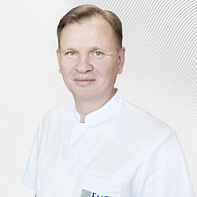
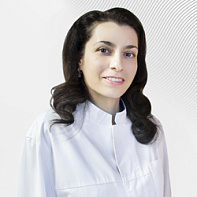
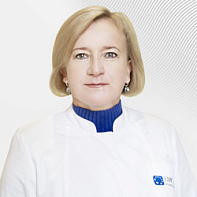
.jpg)
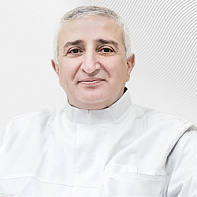
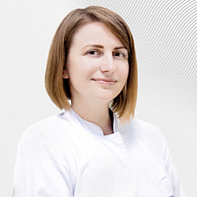
.jpg)
.jpg)
.jpg)
.jpg)
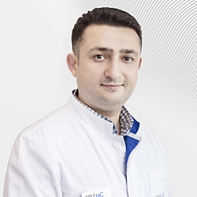

.jpg)

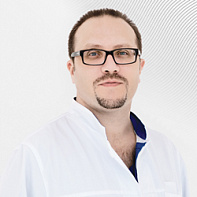
.jpg)
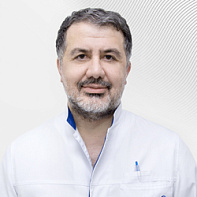

- Specializes in research of the cardiovascular system, including in the framework of surgical vascular pathology, as well as in such pathologies as ACS and oncological cancer
- Field of activity — ultrasound examinations of blood vessels in all regions
